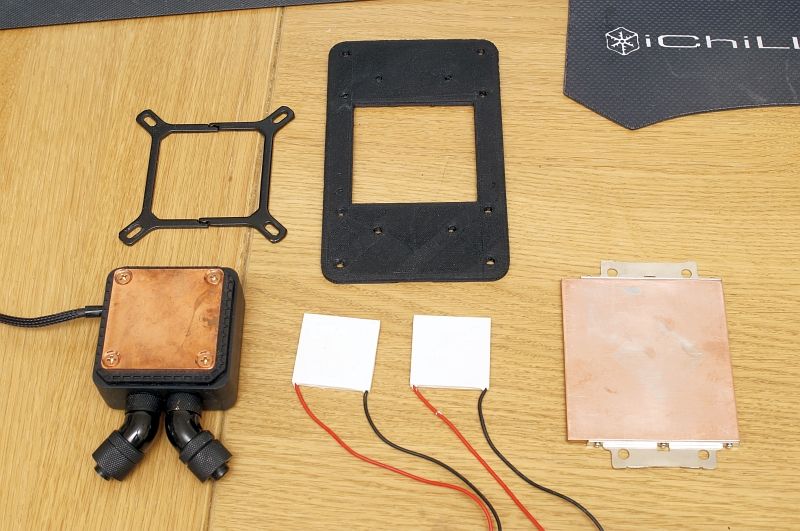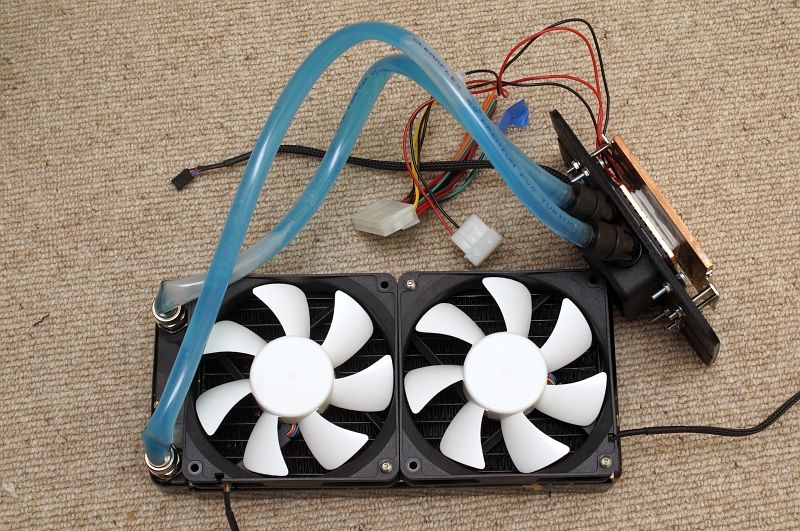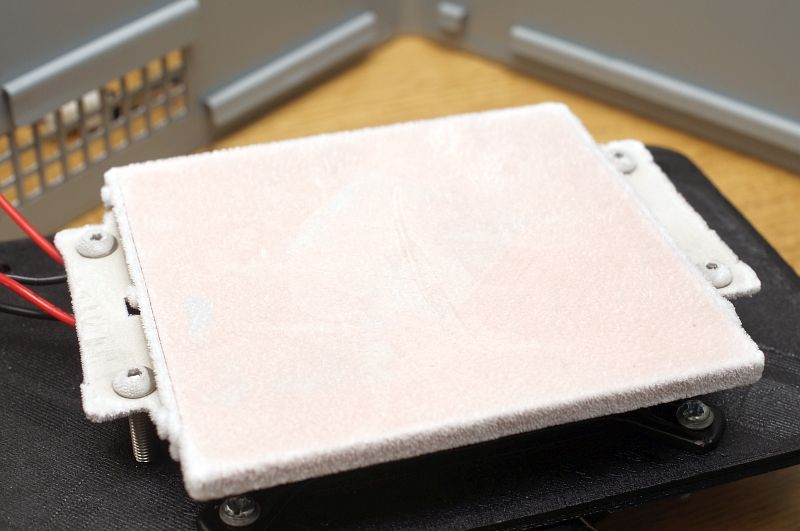
Originally Posted by
http://www.anandtech.com/show/10695/the-phononic-hex-2-0-tec-cpu-cooler-review/6
The thermal performance of the HEX 2.0 is a complicated matter. The presence of the TEC allows the HEX 2.0 to provide exceptional performance when having to deal with low thermal loads, but the performance degrades as the thermal load increases. For very high thermal loads, the HEX 2.0 is equivalent or worse than an advanced air cooler, hardly justifying its price and energy consumption. That being said, while the HEX 2.0 is good for low temperatures in low power environments, it does add another 20W to the power consumption, perhaps negating the point of a low power system. It should work wonders if installed on a modern energy-efficient CPU, even with some moderate overclocking, but it cannot compare against top-tier air coolers and liquid coolers for advanced overclocking. Bluntly put, if thermal performance is your primary concern and space is not an issue, this is not a product for you.
In summary, the Phononic HEX 2.0 is a very interesting product but it is clearly aimed at a very specific segment of the market, which is users that have serious space limitations and or cannot use liquid cooling solutions for any given reason. If large air coolers or liquid coolers can fit, it is highly unlikely that the HEX 2.0 will have any distinct advantage, let alone justify its $150 retail price.
Originally Posted by http://www.anandtech.com/show/10695/the-phononic-hex-2-0-tec-cpu-cooler-review
Peterb also dug out this technical paper which summarises some of the efficiency issues faced by Peltier coolers: http://www.asee.org/public/conferenc.../3976/download For the range of tests undertaken peak efficiency was only 2.2% for a deltaT of 68 degrees. That is about the limit of CPU temp above ambient - and ideally you'd want it lower than that.Originally Posted by http://www.anandtech.com/show/10695/the-phononic-hex-2-0-tec-cpu-cooler-review/6





 LinkBack URL
LinkBack URL About LinkBacks
About LinkBacks
 Reply With Quote
Reply With Quote





